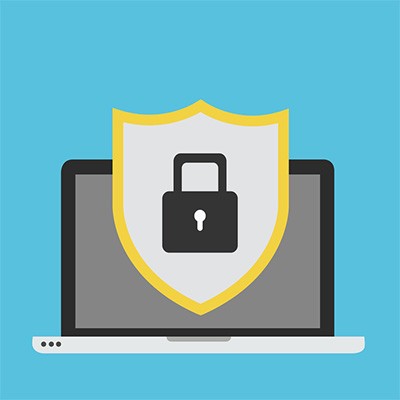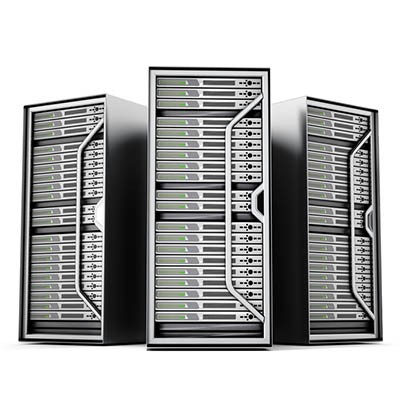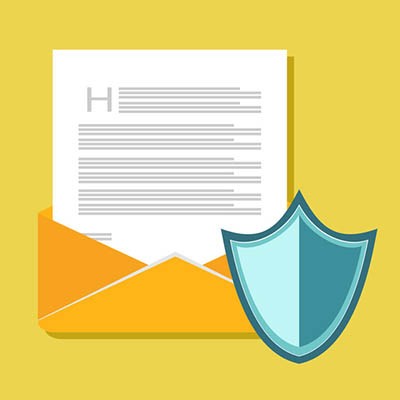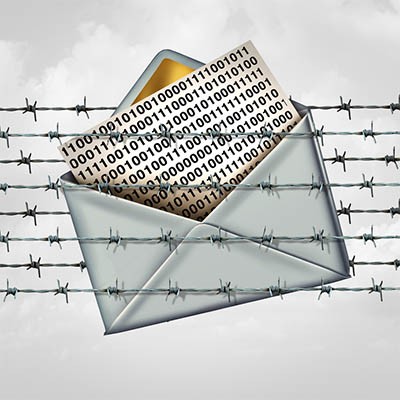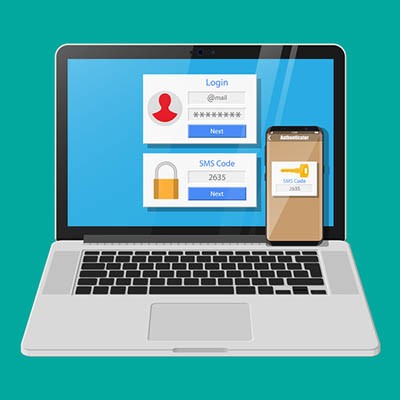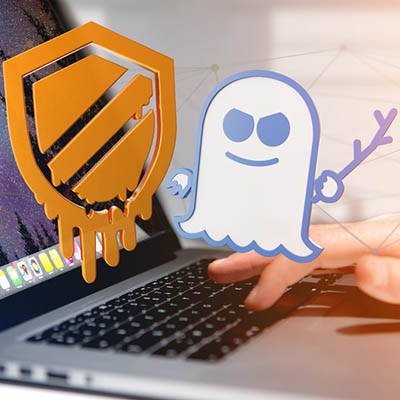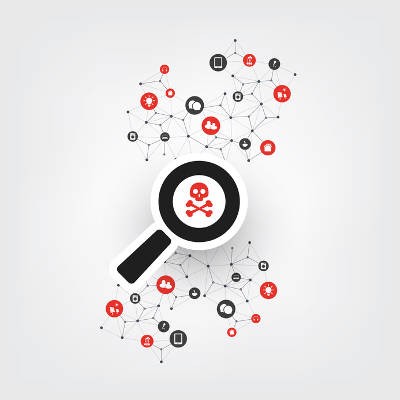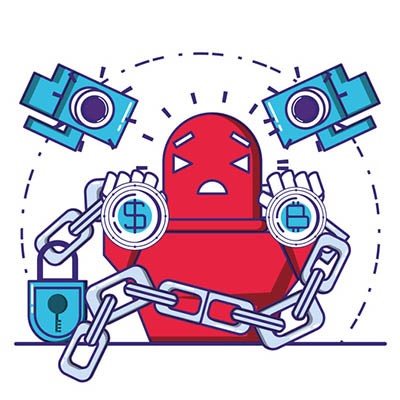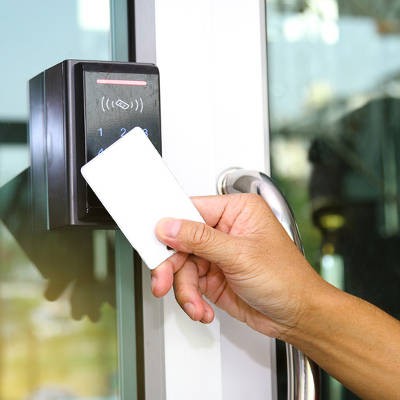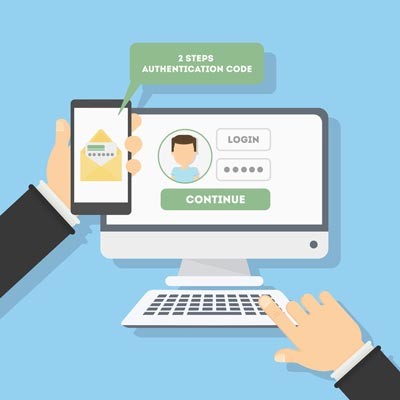Ferrum Technology Services Blog
While you may not consider it at first, your mobile device has a sizeable amount of personally identifiable data on it - far more than should be left on an unsecured phone at any time. Fortunately, Google has added a considerable layer of protections to Android to assist users with their security. All a user has to do is know how to use them to their fullest potential.
Would it surprise you if you were to find out that over 99% of the Internet is not accessible through search engines? The truth is that the Internet you know, the one with what is seemingly all of history’s information on it, makes up around .03% of the entirety of the world wide web. Today, we’ll burrow through the surface web and take a look at what is beneath.
Printers, along with every other piece of equipment that is on your network, require careful configuration and regular upkeep to ensure that they aren’t putting your data and users at risk. Security researchers recently discovered two massive vulnerabilities in HP Officejet All-in-One printers that make it incredibly easy for hackers to spread malware and gain access to a company’s network.
If you’re not tech-oriented, the mere sight of a server room might be a lot to take in. With wires everywhere and mechanical boxes filled with moving parts, you’re looking at the life’s blood of your business and the heart that pumps it through your business’ veins. While proxy servers are a little different from your standard server, this doesn’t change the fact that you probably shouldn’t mess with it. What is a proxy server, and what does it do?
Due to the popularity of email in the business world, it’s an extremely popular method of attack for hackers. They can easily send countless messages to targets all over the world with the click of a mouse. Therefore, you have to take email security very seriously. The repercussions of not doing so could be swift and severe. This week’s tip is dedicated to informing your employees of email best practices for the office environment.
Are your employees putting your organization’s security at risk due to poor email practices? This is a question that all business owners need to consider--especially if you deal in sensitive information. We recommend that all businesses utilize a two-pronged approach to email security, including both technology measures to secure communications on the technical side and training to secure on the human side.
Regardless of the policies your company sets, your employees are going to have their mobile devices on them; and, depending on their circumstances, they may be tempted to use them to further their work processes. While this may have been cause for concern at one point, there are now methods, collectively known as Bring Your Own Device (BYOD), that allow you to leverage these tendencies.
If you’re like its over 2.19 billion other active users, Facebook has quite a bit of your personal information stored in it, and the risks that this implies only grow if your business is also represented on the social network. If your account isn’t protected as much as it could be, you could find yourself at risk of identity theft or other crimes. This is why we recommend activating two-factor authentication on Facebook.
At the time of this writing, it has only been about a half a year since the Meltdown and Spectre exploits became public knowledge. Fortunately, patches were swiftly rolled out to mitigate the problems that these exploits could cause, but that doesn’t mean that these exploits are dead and buried. Let’s look back at Meltdown and Spectre to help us establish where we stand today.
The Internet of Things is no longer a pipe dream that could become a major influencer in the technology market. It is now a reality, and as such, you need to take measures to ensure that it doesn’t become a major issue for your business. How big is the Internet of Things, truly, and how does this influence your business? Is there even any hope that you can protect yourself from it? Read on to find out.
Blockchain has been an especially hot topic as of late, especially with the recent meteoric rise in the value of most cryptocurrencies. With all the focus directed to Bitcoin, it is easy to forget that the blockchain has other uses - uses that are geared toward increased cybersecurity, transparency, and privacy.
Secrets need to be protected. That’s why humans created cryptography. Cryptography can be traced back to around the time the pharaohs ruled Egypt, but today’s cryptography is a lot different than simple hieroglyph replacement. Cryptography used in the computing systems today is called encryption. For this week’s tech term we will look back at the history of encryption and how it is used today to facilitate data security and personal privacy.
Unfortunately, we’ve all been exposed to terrorism in one way or another. To avoid any confusion, when we reference terrorism, we’re talking about situations that arise where individuals or groups commit overtly evil acts to deliberately intimidate people. Cyberterrorism is doing the same thing through coordinated attacks on computing networks. Today, we take a look at cyberterrorism and how it is different from other cybercrime.
Access control is an extremely useful way to manage a secure computing infrastructure, and one of the best ways your organization can protect important data. However, with innovations in the way that access control is implemented, it’s time to consider what you can do to secure your business’ future in more ways than one. Let’s discuss some best practices regarding access control, as well as some technologies that you can implement to further cement your business’ security.
The 2017 Equifax leak was a disastrous scenario, but recent revelations have discovered that even more victims were affected than was previously thought. Nobody ever wants to hear this kind of news, but there is an upside to this that shouldn’t be ignored - learning from the mistake. We’ll start with a refresher on what happened exactly, and what these new developments mean for your organization.
If you’ve ever felt as though someone was watching what you were doing while you were working remotely, either at home or in public, there’s a chance that you were right. Without a private Internet connection, it is a simple matter for others to watch your processes and steal the data you’re generating. Is there any way to protect your data as you work outside of the office?
There is a famous thought experiment devised by physicist Erwin Schrӧdinger, describing a very particular paradox in quantum physics through the experience of a cat. While Schrӧdinger’s cat was initially intended to demonstrate a very different phenomenon, it can also be applied to something that all businesses need to consider: their email security.
The password isn’t nearly as secure as it used to be. Hackers have begun to take advantage of extremely powerful solutions designed to brute force their way into accounts by using software to rapidly guess thousands of passwords per second, making it extraordinarily difficult to prepare yourself for them. What’s the best way to guarantee that passwords aren’t going to be the downfall of your company? A great start is by taking a close look at password best practices and two-factor authentication.

